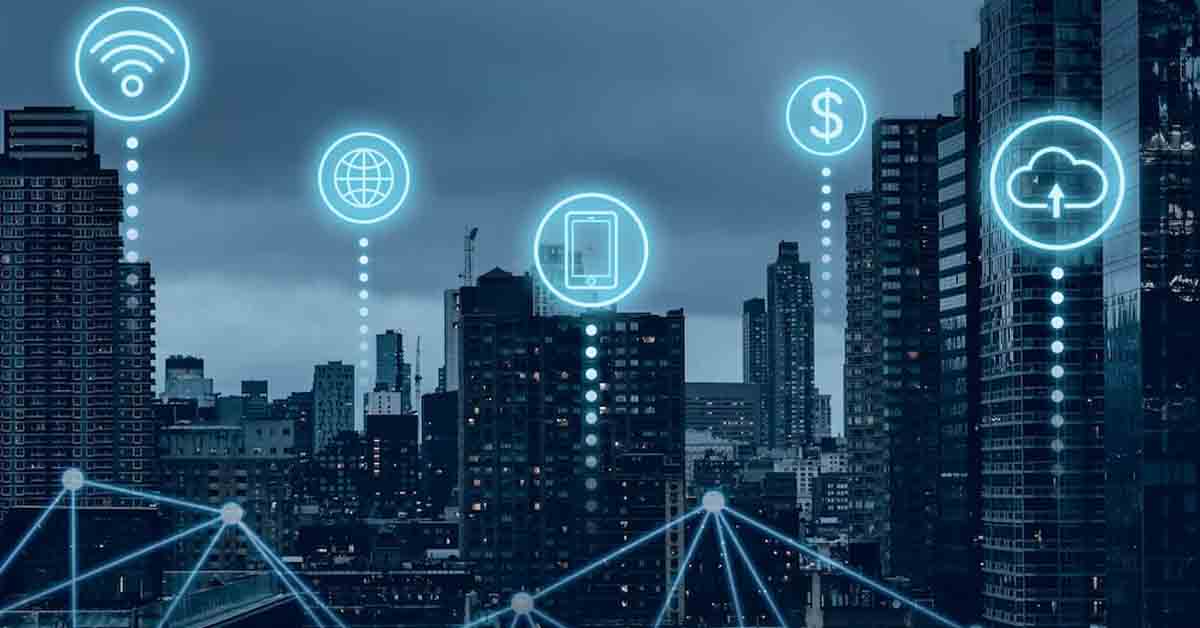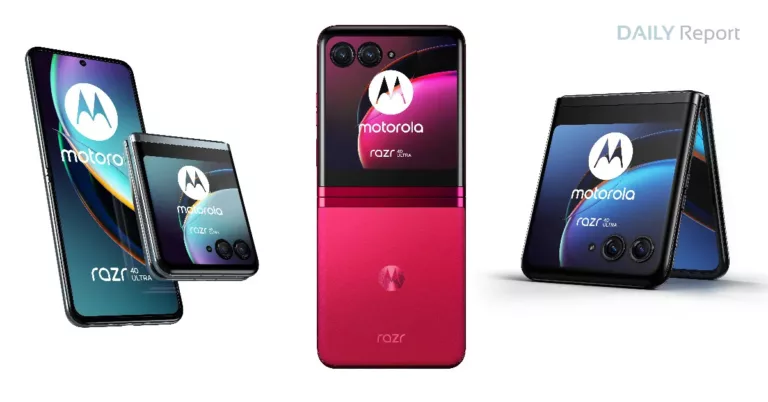The Impact of 5G Technology on Communication and Connectivity
5G Technology In today’s fast-paced digital era, communication and connectivity play a pivotal role in our daily lives. The advent of the fifth-generation (5G) technology has brought about a transformative shift, promising unparalleled speed, reliability, and efficiency. With the potential to revolutionize various industries and improve the way we interact, work, and consume information, 5G is poised to reshape the world as we know it. This blog delves into the impact of 5G technology on communication and connectivity, exploring its benefits, challenges, and future prospects.
I. Understanding 5G Technology
To comprehend the impact of 5G technology, it’s crucial to understand its key features and capabilities. 5G is the fifth generation of wireless technology, succeeding 4G, and operates on higher frequency bands, offering substantially faster data speeds and lower latency. This breakthrough technology employs advanced techniques like beamforming, massive MIMO (Multiple-Input Multiple-Output), and network slicing to deliver superior performance and accommodate the ever-growing demands of the digital age.
II. Enhancing Communication and Connectivity
A. Lightning-Fast Speeds
One of the most notable advantages of 5G technology is its remarkable speed. With speeds reaching up to 10 Gbps, 5G enables almost instantaneous downloads and uploads, transforming the way we access and share information. This speed upgrade facilitates seamless video streaming, ultra-high-definition content consumption, and real-time collaboration, benefiting individuals and businesses alike.
B. Reduced Latency
Latency refers to the time delay between the initiation of a data transfer and its actual delivery. 5G significantly reduces latency, achieving response times as low as one millisecond. This low latency opens up a world of possibilities, particularly in areas like remote surgery, autonomous vehicles, and immersive virtual reality (VR) experiences, where split-second decision-making and real-time interactions are critical.
C. Massive Device Connectivity
Another remarkable feature of 5G is its ability to connect an exponentially larger number of devices simultaneously. While 4G networks could support around 2,000 devices per square kilometer, 5G has the potential to handle up to one million devices in the same area. This advancement paves the way for the Internet of Things (IoT) to flourish, enabling interconnected smart devices and applications that can transform industries such as healthcare, transportation, and manufacturing.
III. Revolutionizing Industries
A. Healthcare
The impact of 5G technology on the healthcare sector is profound. With reliable high-speed connectivity, doctors can remotely monitor patients, perform surgeries using robotics, and access real-time patient data for accurate diagnoses. The reduced latency of 5G ensures seamless communication between medical devices, facilitating life-saving interventions even in remote areas.
B. Transportation
Autonomous vehicles and smart transportation systems are poised to revolutionize the way we travel. 5G’s low latency and high-speed connectivity enable real-time communication between vehicles, traffic infrastructure, and pedestrians, ensuring safer and more efficient transportation. Additionally, 5G can support advanced features like predictive maintenance and traffic management systems, optimizing travel experiences and reducing congestion.
C. Manufacturing
The manufacturing industry stands to benefit immensely from the implementation of 5G. The high bandwidth and low latency of 5G technology facilitate the deployment of robotics, automation, and AI-driven processes, enhancing productivity and efficiency on the factory floor. Real-time data analysis enables predictive maintenance, ensuring optimal machine performance and reducing downtime.
IV. Overcoming Challenges
While the potential of 5G technology is vast, it also presents several challenges that need to be addressed for its successful implementation.
A. Infrastructure Upgrades
The widespread deployment of 5G requires a massive infrastructure upgrade. Installing a dense network of smallcell towers and fiber optic cables is necessary to ensure comprehensive coverage and maximize the benefits of 5G. This infrastructure expansion requires significant investments and coordination between telecommunication companies, governments, and regulatory bodies.
B. Spectrum Availability
The availability of spectrum bands for 5G deployment is another challenge. Different countries have different regulations and allocations of spectrum, making it essential to harmonize and allocate sufficient spectrum for 5G networks. Efficient spectrum management is crucial to ensure optimal performance and prevent congestion as the number of connected devices increases.
C. Security and Privacy
As with any advanced technology, ensuring the security and privacy of 5G networks is of paramount importance. The sheer volume of connected devices and the potential for cyber-attacks make robust security measures essential. Network operators and technology providers must work together to develop encryption protocols, authentication mechanisms, and comprehensive security frameworks to safeguard user data and prevent unauthorized access.
V. Future Prospects and Conclusion
The impact of 5G technology on communication and connectivity is just beginning to unfold. As the infrastructure continues to develop and networks expand, the possibilities for innovation and transformation are immense.
In the future, 5G technology is expected to drive advancements in areas such as augmented reality (AR), virtual reality (VR), and mixed reality (MR), providing immersive experiences and enhancing various sectors, including entertainment, education, and training.
Moreover, the combination of 5G and edge computing holds tremendous potential. By bringing computing power closer to the network edge, latency can be further reduced, enabling faster and more efficient data processing. This opens up opportunities for real-time analytics, autonomous systems, and new business models.
In conclusion, the impact of 5G technology on communication and connectivity cannot be overstated. With its unprecedented speed, reduced latency, and massive device connectivity, 5G has the potential to revolutionize industries, improve efficiency, and enhance our daily lives. However, to fully harness the benefits of 5G, addressing infrastructure requirements, spectrum availability, and security challenges is crucial. As we move forward into the era of 5G, collaboration among stakeholders and continuous innovation will be key to unlocking its true potential and shaping a connected future.







